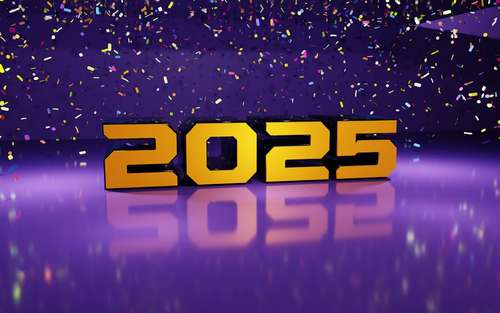With the increasing popularity of artificial intelligence, a college student has created an app that can detect an essay written by AI and humans. Edward Tian, a computer science student at Princeton, built an app called GPTZero which reportedly detects whether an AI essay writer or a human wrote an essay.
In a series of tweets, Edward Tian provided evidence that the app he developed could differentiate between an essay written by a human and a bot. Edward Tian's app determined that John McPhee’s New Yorker essay “Frame of Reference” was written by a human. Also, it showed that a robot wrote a LinkedIn post.
In his words, he said that he developed the app during the holidays and was motivated because of the increasing number of plagiarism since the creation of ChatGPT. Chat with gpt-3 (ChatGPT) has gained much popularity online, and people don't hesitate to use it for different things.
ChatGPT has been used by many to write essays, causing a noticeable number of plagiarised content. Even in the tech space, some codes were reported to be ChatGPT-generated. However, the creators of the Ai tool have announced they will soon integrate a watermark that will show that content was generated from the Ai software.
On the 3rd of January, Edward Tian said that his new app wasn't working because of the increasing number of users on his new app. He mentioned that more than 10,000 people were already using the app to differentiate between an AI essay writer and a human-written essay.
"Thank you sincerely for signing up for the GPTzero beta. I’m completely awestruck by the support this app has generated. In the past day, over 4000+ people have signed up for the beta (via this substack), and 10,000+ more have tried and tested it out on the Streamlit version, not to mention the 5M+ who read the original tweet.
"GPTzero.me is back up in action for all. Feel free to try it yourself now. Huge shoutout to the Streamlit team that generously gave an incredible boost to the GPTzero’s hosting and memory capabilities," Edward Tian said in the Substack newsletter.
Improvements on the GPTzero App
Edward Tian also mentioned that he had made improvements to the app to ensure that it doesn't make mistakes while identifying AI-written essays.
"Within the past few hours, I’ve finished updating the GPTzero model, to significantly reduce the rate of false positives and improve output results. It will be shipped to production!" Edward Tian said in a newsletter.
He highlighted the improvements in the Ai tool in the newsletter. The newly improved model will make it better for someone to differentiate essays written by AI and those made by humans.
"The original model is linear regression, a simple calculation of perplexity, burstiness, and all the variables. The improved model is a logistic regression model — using the exact same variables and inputs, but leveraging a more nuanced classification. Through testing the new model on a dataset of BBC news articles (greene et al.) + AI generated articles from the same headlines prompts, the improved model has a false positive rate of < 2%," Edward Tian said in the newsletter.




